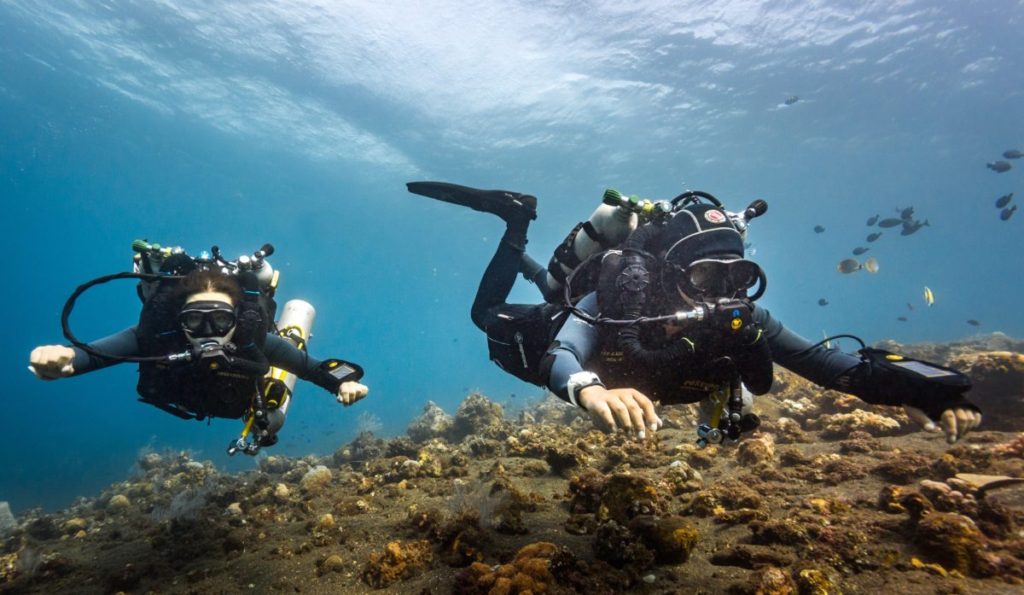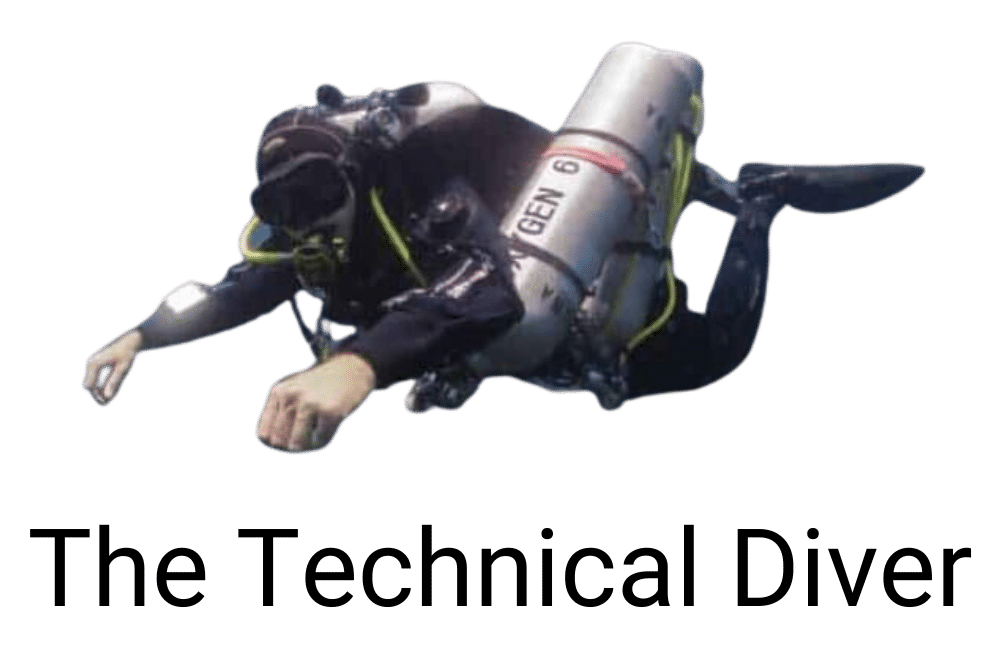Rebreather training

Rebreather training
Deciding to learn to dive on a rebreather should be carefully considered. It’s a huge investment of time and money. You need to understand their pros and cons to be able to make an informed decision on whether to go ahead with rebreather training.
Rebreathers are complicated pieces of equipment, which means that more can go wrong with them. The consequences can be very serious when it does, sometimes fatal. It’s very rare for an incident to occur because of a failure of the rebreather itself; the technology and build quality of Rebreathers have improved a lot over the last 10 years. The main reason that incidents occur is due to human error.
To understand this fully, you have to think of yourself as being part of the system. Poor maintenance, pushing the limits, or incorrectly interpreting what the Rebreather is telling you are the main causes of accidents. You can see recent diving incident reports here.
Common human errors include not replacing oxygen cells within the recommended manufacturer’s guidelines, or skipping manufacturer servicing schedules. Not installing the CO₂ canister, or entering the water with the oxygen cylinder turned off has also killed more than one diver. You simply cannot switch off the most important electronics when diving CCRs; your brain.
You must monitor what a Rebreather is telling you constantly. This obviously includes when diving, but also when setting up and checking it before a dive, and post-dive care. Checklists should be used and often aren’t. Importantly, you need to interact properly with a checklist to ensure that nothing has been missed.
YOU determine the safety of a Rebreather
The intention of outlining the above is not to scare anyone away from rebreather diving, far from it. The aim is to highlight that the single most important factor concerning whether you dive safely on a rebreather, is you. It’s vitally important that you understand their complexity and risk so that you can make an informed decision based on asking yourself the following questions- “Is a Rebreather right for me?”, and perhaps more pertinently, “Am I right for Rebreather diving?”.
If you’re the type of person that is always looking to cut corners and are impatient to progress quickly with something, you will be an accident waiting to happen. On the other hand, if you are cautious by nature, like to take your time and do things properly and by the book, it’s absolutely the thing for you.
Diving on a rebreather can be incredibly rewarding. You can learn a lot about yourself as you progress along the learning curve. Sometimes you feel like you’ve got it, and then you can suddenly feel like a beginner again, or get a sudden bout of imposter syndrome; it’s often one step forward and three back.
But the feeling you get when you successfully (i.e. safely) accomplish a number of tasks that require your full concentration in (let’s not forget) a hostile environment, is a rare one. Paying less for your trimix, having no bubbles, and getting shorter decompression obligations on deeper dives are added bonuses.
Header image photo credit: Adrienne Gittus, Soulwater Productions
